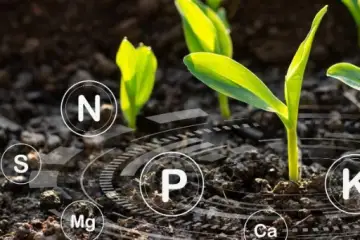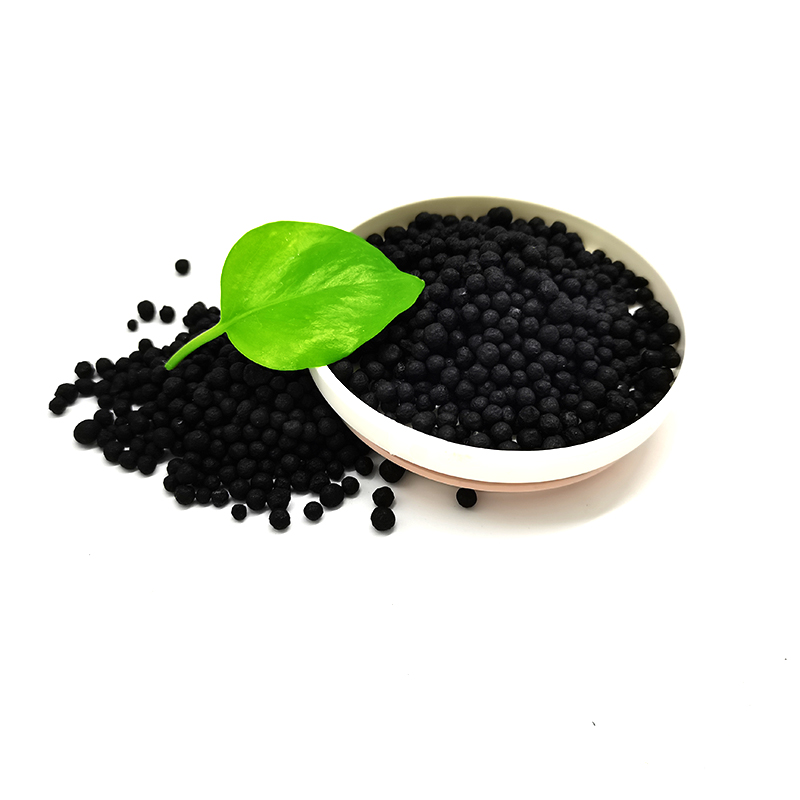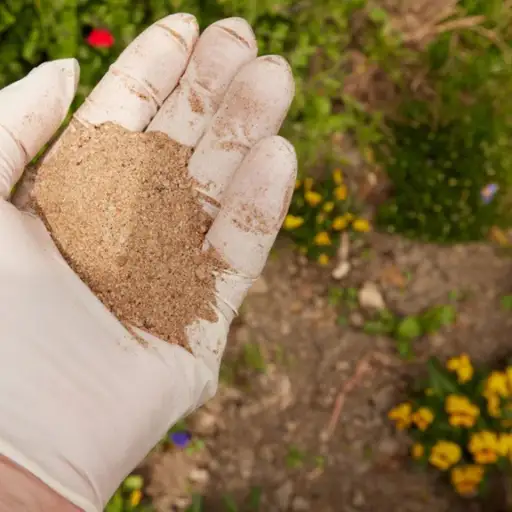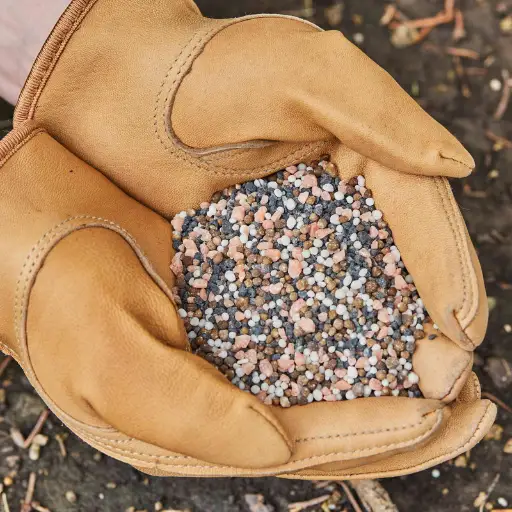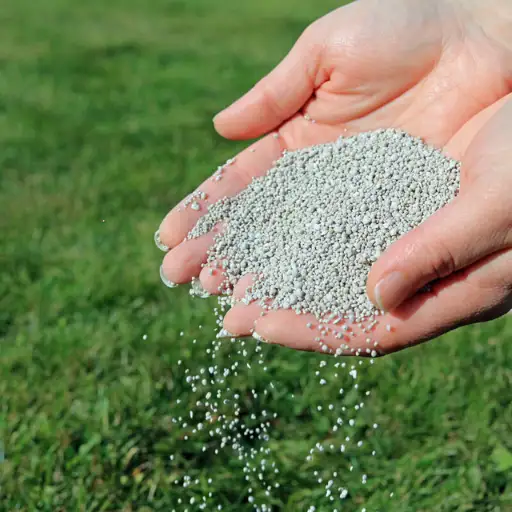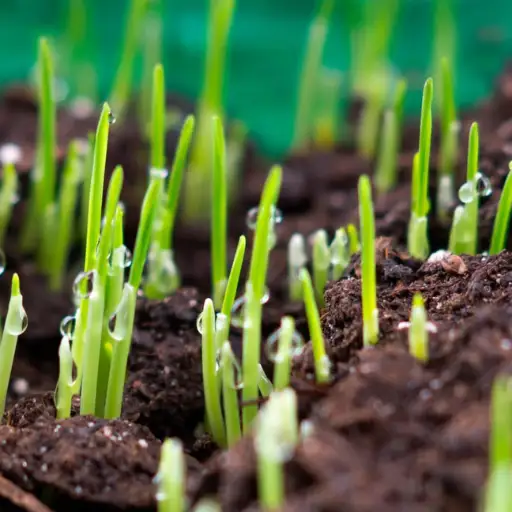Introduction to Organic Cactus Fertilizer
Succulents require fertilizer, in this case organic cactus fertilizer, in order to grow correctly. The nutrients in these fertilizers are important for succulents, albeit plants that need little since they are known to hold water in their bodies and are drought tolerant.
Compared to many of the synthetic fertilizers on the market, organic fertilizers have many advantages that make them a healthy, cost-effective, and environmentally friendly option for the succulent enthusiast. To start, organic fertilizers come from natural sources, such as plants, animal waste, and minerals. So they are ecofriendly and sustainable because they are sourced from nature.Other benefits of organic fertilizers is that the ingredients are chemical free allowing for healthy foliation for your plant and healthy soil for your environment.
When synthetic fertilizers are sprayed or squeezed over or into a plant, byproducts and waste are leaked into the soil, and while the plants may take from these fertilizers for a time, the chemicals will build up over time weakening your plant roots, eventually killing your plant.
As Dr Linda Chalker-Scott, gardening expert and author of The Informed Gardener, points out in her book The Excited Gardener: For Gardeners Who Can’t Wait to Grow (2016): ‘fertilizers, organic and synthetic, supply these nutrients, but only organics also provide the organic matter that improves the structure of soils, important for cacti whose growth habits depend upon their relationships with well-drained to sandy soils.’ In this way, feeding your cactus with organic cactus fertilizer does more than just nourish your plant; it improves the health of your soil as well that also makes it easier for succulents to thrive.
Organic fertilizers also provide a slow release of nutrients, which is key because succulents have a relatively slow rate of absorption, something that can be overshot with synthetic fertilizers that have the potential to nutrient burn newer plants (popular synthetic fertilizers, especially high-nitrogen ones, have a tendency to deliver an excess of plant food to plants – an overdose that can cause stress, unhealthy plant growth and even death). The slow nutrient delivery allows succulents to grow at a sedate pace, which means they acquire deeper and more robust root systems, and they also develop fuller, richer leaves.
Let’s end here, discussing the varieties of organic fertilizers and how to get the right one for your succulents. Remember, the best care is the one that is specifically designed for your plant and understands its needs.
Types of Organic Cactus Fertilizers
You can find almost any number of organic cactus fertilizers to help you grow succulents, and each fertilizer has its own upsides, from fish emulsion to bone meal to worm castings. Here we outline how each type of fertilizer can make a strong succulent thrive.
Fish Emulsion
Fish emulsion is a fast growing, nitrogen-rich fertilizer (just what comes out of our fish!). It is best used during a succulent’s growing season to promote lush, green growth. Additionally, fish emulsion contains several trace elements that also benefit succulents – improved overall health, greater stress tolerance and other gains sidestep a host of succulent health problems (or at least, delay their onset). It’s potent, however, and best used sparingly, since nutrient overload can be a problem for plants like ours that may have adapted to their own drought-tolerant ecosystem niches.
Bone Meal
Or, another option for good organic cactus fertilizer is bone meal. This has high phosphorus, which is beneficial for blooming plants, as with many flowering succulents. Bone meal also has slow-release properties, which is fantastic for the dribble feeding requirements of cacti and succulents for promoting powerful roots, without the possibility of overfeeding or nutrient burn.
Worm Castings
Worm castings are the gold standard in a balanced organic fertilizer – they are high in both nitrogen, phosphorus and potassium, as well as humic acids that help uptake those other nutrients. Using worm castings in a succulent garden will help the soil breathe and drain better – two things that succulents need – while also providing light, slow-release fertilizer. For most succulents, worm castings are the best way to go.
That’s where all of these organic cactus fertilizers come in, differing greatly in nutrient mix as well as release rate, depending on the exact needs of your cacti and succulents. Depending on your succulent set up and your gardening preferences, there are certain types of fertilizers that will be more suited to your needs than others. With this understanding of the different types of organic cactus fertilizers and their uses, your succulents can live, and take that a step further, your succulents can really thrive.

How to Choose the Right Organic Cactus Fertilizer
Just picking an organic label won’t actually narrow the options, which is why understanding your succulent’s particular needs and how the different fertilizers supply them is essential when choosing the best product. Following are the most important factors to consider.
Nutrient Ratio (N-P-K)
The numbers indicate a fertilizer’s nutrient ratio, written as N-P-K (nitrogen, phosphorus, potassium), so a 5-10-5 is a fertilizer with the same balance of nutrients. This is generally the best option for succulents – whether cacti or those from other families. It will help to promote a sound root mass, and encourage the growth you want without the additional foliage such plants do not encourage. If you are aiming for flower production, try slightly more phosphorus-rich nutrients. For example, for most succulents, a 5-10-5 will help to promote healthy blooms and a healthy root mass for strong growth.
Soil pH
Succulents enjoy slightly acidic to neutral soil pH (6.0-7.5). Many forms of organic fertilizer will change the soil pH over time, so think in the long term any time you use a fertilizer repeatedly. Bone meal, for instance, can help bring up the pH – or make the soil less acidic – which is good if your soil is on the acidic side.
Plant’s Specific Growth Stage and Health
Be sure to pick a fertilizer that’s right for the age and health of your succulents. Younger, actively growing plants will benefit from a nitrogen-rich fertilizer. Older plants or those going into bloom will benefit from more phosphorus, which encourages blooms and healthy roots. Consider the needs of your plants before fertilising.
Understanding Fertilizer Labels
Readers should pay attention to what the fertilizer label actually tells us so they can make an informed choice. fertilizers tell not only the relative nitrogen, phosphorus and potassium content but also the Plant-available N and P, which is important because it specifies not only a plant’s need for each nutrient but also the right kind and amount of fertilizer to deliver those nutrients.
The label also recommends how much and how often we should apply the product to avoid over-fertilisation, which, like under-fertili sation, can be detrimental to transplants and the yields of mature plants, such as beans, carrots and tomatoes. Over-fertilising tends to increase salt build-up in the soil around the plant’s roots, thus slowing its ability to absorb proper nutrients and shrinking its root system.
Taking these considerations into account will better prepare you to find the right organic cactus fertilizer for your succulents so that you can provide your succulents with some of the nutrients they need while avoiding the problems associated with poor fertilisation. Your goal should be to cultivate a revivification that is healthy and sustainable through environments that support and uphold your ownerly practices toward your beautiful and unique succulent breeds.
Best Practices for Applying Organic Cactus Fertilizer
Using organic cactus fertilizer is your chance to enhance your cacti’s health through proper application. The aim is to prevent all risks from improper fertilization and realize maximum advantages from fertilization. Follow these steps, ready your supplies, and check out seasonal recommendations to apply correctly.
Step-by-Step Guide to Applying Fertilizer
- Test your soil: … to find out its basic nutrient content and pH before you add anything to it, so that you don’t over-fertilise by adding nutrients you don’t need and that could damage your plants.
- Choose a Fertiliser Type: Based on your soil test results and the needs of your plants (reviewed in the previous section), choose the right type of fertiliser.
- Read the Label: Make sure that the rate and timing of fertiliser application matches with the manufacturer’s recommendations. This can vary widely between different types of organic fertiliser.
- Feed in the growing season (spring and summer): Feed your succulents in their growing season when they can make use of the nutrients and put them towards growth and flowering during functional growth.
- Thin out if Necessary: Some organic fertilisers, such as fish emulsion, can be very strong and you may need to dilute them in water or else they will burn the plants they touch.
- Soil, Not Plant: Don’t apply fertiliser to the plant; instead, apply it to the soil surrounding the root zone. This prevents your leaves or stems from being burnt whilst ensuring the roots have easier access to nutrients.
- Water Very Lightly After Fertilising: Water your succulent slightly after applying the fertiliser to help to distribute the fertiliser into the soil and get it into the root zone.
Seasonal Fertilization Schedule
- Spring: Apply a balanced fertiliser as you see new growth. Fertilising more often now is beneficial because plants are gearing up for their growing season.
- Summer: Keep watering as usual. If your succulents are growing outdoors, you might want to increase feeding slightly, as they are receiving heavier doses of sunlight and longer days.
- Fall: Begin to space fertiliser applications out less over winter as the growing season slows. Too much fertiliser in autumn can actually damage a plant.
- Winter: Fertilising succulents in winter when many varieties are dormant may result in their absorbing excessive nutrients that could not be used; furthermore, these plants’ roots may suffer damage during their winter cold and minimum- to low-light months.
These cactus fertiliser best practices will make sure your succulents stay well fed, at exactly the right nutrition, at exactly the right time, without fertiliser burn since you’ll avoid ever over-fertilising.
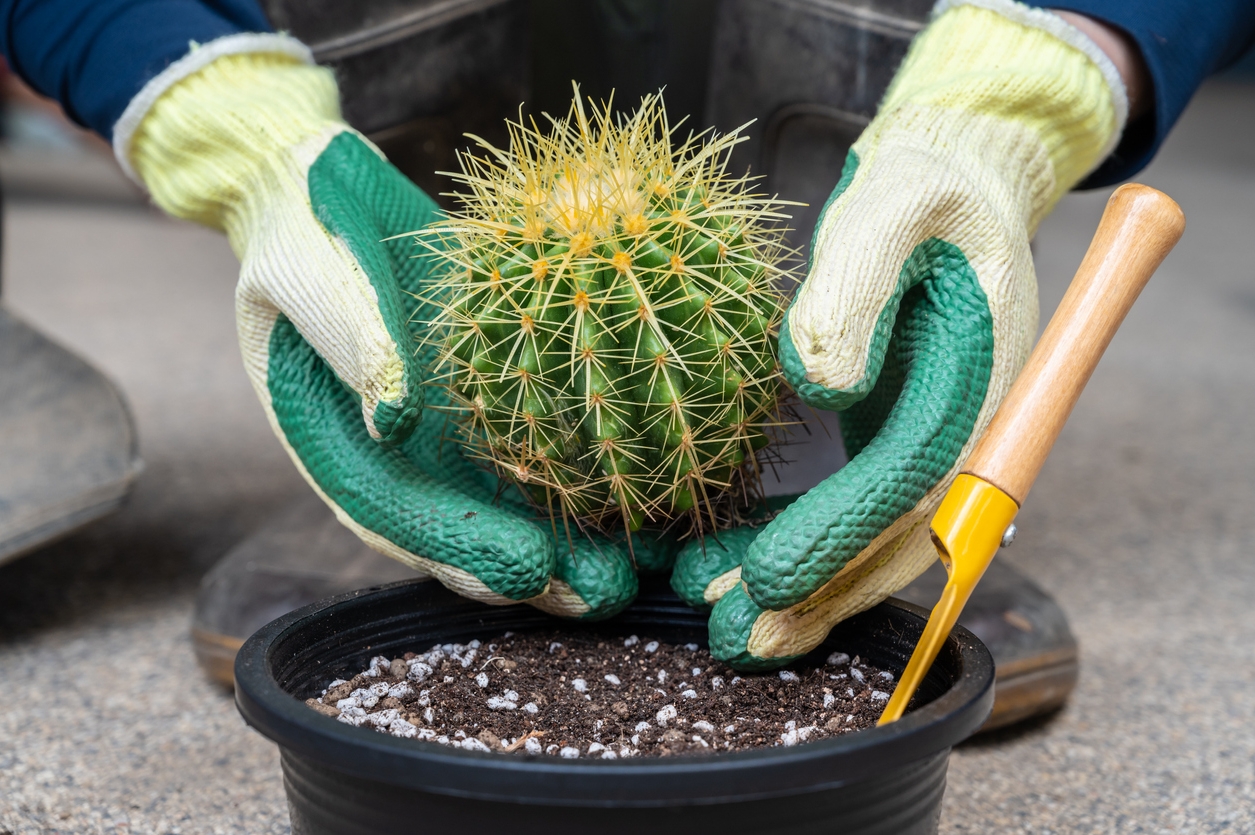
Common Issues and Solutions with Organic Cactus Fertilizers
Using organic cactus fertilizers can occasionally cause particular problems. Determining when these issues arise — and how to resolve them — can help keep your succulents looking their best.
Identification of Common Problems
- Nutrient Burn: Too high a concentration of nutrients can lead to nutrient burn, in which the tips of the leaves turn brown or yellow. Many nitrogen fertilizers cause this in particular.
- Under-fertilising: On the other hand, failure to feed succulents enough can leave them looking weak and stunted. They might lack rich, vibrant hues and fail to grow to their normal size.
Solutions and Preventive Measures
- Fertiliser Concentration: To reduce fertiliser burn, simply lessen the frequency and dilution of concentration. For liquid organic fertilizers (such as fish emulsion), burn should not occur again if you dilute the solution.
- Regular Soil Testing: Test your soil a couple of times a year to assess nutrient levels and calibrate fertilization accordingly to the needs of your soil and crops, to avoid underfeeding.
- Correct application of Liquid Fertilizer: Instead of pouring fertilizer on the plant, such as onto the leaves, gently pour it into the soil so that it doesn’t come into direct contact with delicate leaves and stems which could cause scorching. Lightly water the plants after applying fertilizer so it has a better chance of leaching down into the soil.
- Seasonal Adjustments: Tune your fertilization habits seasonally. Reduce fertilizer during the season when succulents are dormant – the winter months when they stop growing, and increase it during growth periods (the spring and summer months in temperate regions (similar data is still lacking for tropical, arid, and Mediterranean regions).
If you know the typical pitfalls of using organic fertilizers on cacti and take the simple steps to avoid these problems, your succulents should remain healthy, and you shouldn’t have to worry about fertilizer burn, meaning you get to enjoy their natural beauty.
Conclusion
Organic cactus fertilizer is an important part of any succulent gardener’s toolkit. It is imperative that you choose organic fertilizer for your cacti and or succulents and that you use it in the right way. How your succulents grow will depend upon the nutrients you feed them.
Organic fertilizers are the more ecologically sustainable, eco-friendly and environment-friendly way to promote both the health of your plants and the ecological footprint of your gardening practices. Therefore, after reading the sections above, you now know all about how to care for your succulents in the best way possible.
Plus, if you start using organic cactus fertilizers as part of routine care, it encourages using more environmentally responsible tactics of gardening, bringing you closer to nature, and developing a conscience about taking better care of the environment. Succulent gardeners should be encouraged to continue to look into organic options, and to incorporate the use of them in their gardens – for plant health and the health of our planet.
Through this conscious effort of using organic fertilizers in the right way and choosing environment-friendly products for your succulents, you are also contributing to a larger movement for a greener, more eco-friendly and sustainable approach to land stewardship.
Here are three informative resources on organic cactus fertilizer:
- Utah State University Extension provides a detailed guide on selecting organic fertilizers, discussing nutrient concentrations and how to understand fertilizer labels. It highlights the importance of choosing a fertilizer based on the specific needs of your plants and soil conditions. This is particularly useful for ensuring that your cacti receive the right balance of nutrients.
- Michigan State University Extension discusses the broader implications of using organic versus synthetic fertilizers. The article explains how organic fertilizers contribute to improved soil structure, enhanced water retention, and increased microbial activity, which are beneficial for growing healthy cacti.
- Clemson Cooperative Extension delves into the composition of organic fertilizers and their nutrient availability to plants. The resource is excellent for understanding how different organic materials release nutrients over time and how this affects plant health and growth.


